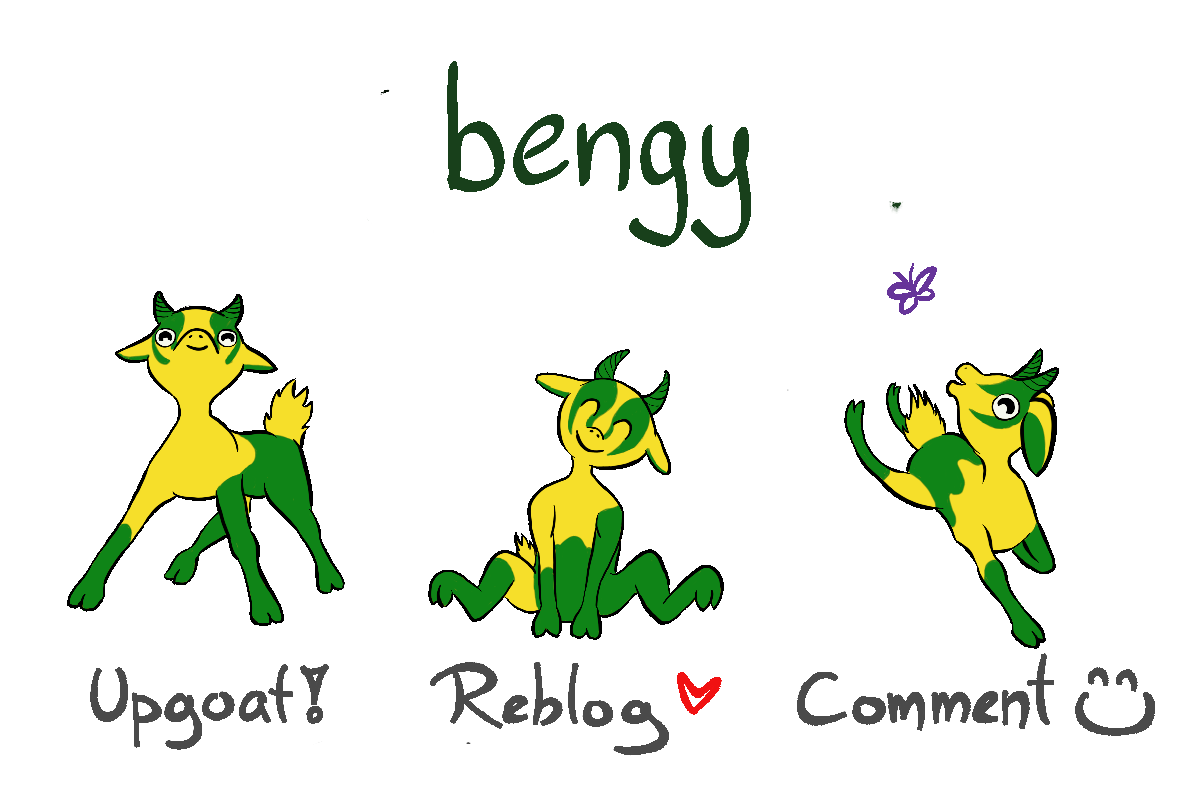Masters of Teaching Mind Dump #4

You can find previous Brain Dumps here: Part 1, Part 2, Part 3.
This is now the end of the third teaching week of the Masters of Secondary Teaching course that I'm doing online. The first trimester is 8 teaching weeks, and so we are starting to run into the first of the longer form assessments that will form the major assessments for the units.
The first of the major assessments comes from the Maths unit. Unfortunately, it is also the least clear and well constructed of the online courses. In fact, in a group break out tutorial room for a different unit, I was talking with another student who was also doing the Maths teaching unit and was relieved to hear that it wasn't only me that found it a little less good than the others (to put it very politely!).
So, the Maths teaching assessment is a first attempt (for me) of drawing up a lesson plan on Triangle congruency and comparing against the sample video lesson that we also needed to critique. So, two parts to the assignment... the lesson plan and the analysis/critique. In the end, the are pretty short... weighing in at around 2000 words total, so that length isn't really going to be too much of a problem.
Where I am running into a bit of a problem is the lesson plan section. Much of this is due to my complete inexperience with designing a lesson plan (something that the lecturer said that they will take into account for everyone!). The mathematical part is really quite simple, and if I was teaching it one on one, then I would have an easy and clear way of doing it. However, to devise a lesson plan that can engage and teach roughly 25-30 students is a significantly different problem! At the moment, I think I'm really over-thinking the entire exercise. As I understand it, the lesson plan is more supposed to be a personal reminder sheet/guide instead of a fully formed technical manual!
One thing that is tricky to think about is the differentiation of the lesson. I come from a healthy mathematical background, and so I think these sorts of things (geometry and triangle congruence) are trivial concepts. However, for students that are at the beginning of middle school, it will be a completely novel and new concept.... and for some, it will be quite difficult to grasp. Thus, the need to have variation and differentiation to account for the diversity of students that will be taught... to have everyone as close to their optimal learning zone (Zone of Proximal Development!) for as long as possible!
In the end, I have opted to make my lesson plan more like an initial exploratory lesson about triangles and uniqueness (or not...) which should lead into a second attached instructive lesson about the abstract proofs and conditions for congruency. So, using sticks and angles (manipulatives) to discover certain combinations (SSS, SAS....) lead to unique triangles... whilst other combinations lead to many (non-unique) triangles.
In this way, I hope to guide the students to walk into a realisation... rather than telling them the conditions and hoping that it gets hammered into them. This is the contrast between constructivism and behaviourism teaching philosophies.... it's the way I would normally teach anyway, but again... making it work for a classroom is very different to making it work for a single person! Hence, the need for forethought and planning... rather than the "winging it" style that works for a single person! Winging it, in a classroom setting, will only lead to chaos!
Meanwhile, much of the course work in the Science and Maths subject areas have focussed on Curriculum. What the aims and outcomes of the guidelines are and how they apply to our teaching. The overarching Curriculum is a pretty broad document that outlines the national ideas for what we have to teach. The actual implementation ends up being further refined by the Australian states, then schools and then finally down to the actual teachers!
It is interesting that the Science and Math teaching have moved to a focus on both knowledge as well as the applicability of Science/Maths to the broader population. This is done with the knowledge that the Curriculum needs to address the demands of educating future scientists... but more importantly, educating future society members who will NOT be scientists in the ideals and relevancy of the Scientific way of discovering the Universe. Basically, a teaching of scientific literacy to the general population, so that they have an appreciation for critical thinking and evidence-based decision making. In some ways, this is a more important goal than the actual training of scientists. That said, both aims need to be addressed!
In the "Praxis" class (Classroom Management), we have started to go into observation modes. In this first trimester, we have moved to "observing" previously recorded classes. In a regular (non-online) version of this unit, we would visit schools to observe teachers (not to teach). The actual teaching placements begin in the next unit of this class, and that will require actual physical placements at schools. However, the observation parts don't really require physical placements, and so these can be done with the pre-recorded lessons.
We were introduced to the Narrative form of observations. Specifically, the general Narrative form and the Focussed Narrative. These are essentially where you just note down WHAT is happening in the classroom. Kid fidgeting, answering back, playing up, teacher asking questions... that sort of thing.
In the general Narrative form, you are just notating everything that catches your eye. Useful for room reading, but easy to get distracted and miss important things.
With the focussed Narrative form, you are homing in on a particular aspect of the teaching to notate and observe. In this case, we homed in on how the teacher would question and lead students... the amount of leading and scaffolding required to effectively differentiate between individual students to keep them engaged and in the sweet spot of learning (Zone of Proximal Development). A really important skill... and one that I thought that the teacher managed to really do well, switching up questioning styles between individual students... it really means that you need to know your students!
In the general teaching theory class, we covered teaching for "Breadth and Depth".
Breadth addresses the idea that every student will have different ways of expressing their intelligence. For that matter, it is impossible to quantify a single "type" of intelligence... and how to use that knowledge to better differentiate lessons for different types of students. Some techniques for it were addressed (varying things like Process, Content, Support and Environments....) but I think much of this will have to be learnt the hard way on the job! It's called experience...
Meanwhile, Depth is backed by the theory of Bloom's (revised) Taxonomy. It basically addresses the level (depth) of knowledge and understanding by how a person can apply it. The levels are (from most basic shallow to deeper):
Remembering (Shallowest)
Understanding
Applying
Analyzing
Evaluating
Creating (Deepest)
It's a great guide for depth of knowledge and it means that you are constantly trying to target the deepest understanding as the end goal of teaching... or better, targeting ALL levels of understanding!
Personally, I wouldn't be using those particular terms to describe depth of knowledge... but those are the ones that are attached to the taxonomy!


Account banner by jimramones

View or trade
BEER.Hey @bengy, here is a little bit of
BEERfrom @pixresteemer for you. Enjoy it!Learn how to earn FREE BEER each day by staking your
BEER.Congratulations @bengy! You have completed the following achievement on the Hive blockchain and have been rewarded with new badge(s) :
Your next payout target is 24000 HP.
The unit is Hive Power equivalent because your rewards can be split into HP and HBD
You can view your badges on your board and compare yourself to others in the Ranking
If you no longer want to receive notifications, reply to this comment with the word
STOPSome advice I have for differentiation:
Think about things that you might do specifically to help students like using physical proximity for students who have special needs that require that (most often these are behavior issues, but this can take many different forms).
Another method could be to set up peer groupings for either a discussion (might be hard with triangles, but probably not impossible if you can do a good metaphor) or part of the early interaction stages, which let high-performing students and low-performing students interact.
Consider the use of visuals and props as well, since that can be helpful as a differentiation tool.
Also, I swear by the old-school Bloom's Taxonomy. I demand to say "synthesis" because it makes me feel smart!
Thanks for the tips! Right now, at the beginning of the study, they talk lots about these high level teaching ideals, but very little about implementation. It can be a little tricky especially in the Math/Science fields compared to the humanities which have more obvious ways of doing it.
I wish I could say that it necessarily gets better over the course of the program, but the truth is that you probably won't get solid advice on implementation until you're in the classroom from other teachers. Even current/former teachers who wind up teaching the courses are rarely able to give good advice on how to apply most of the theory you'll get in education classes.
Oh boy... that sounds frustrating!